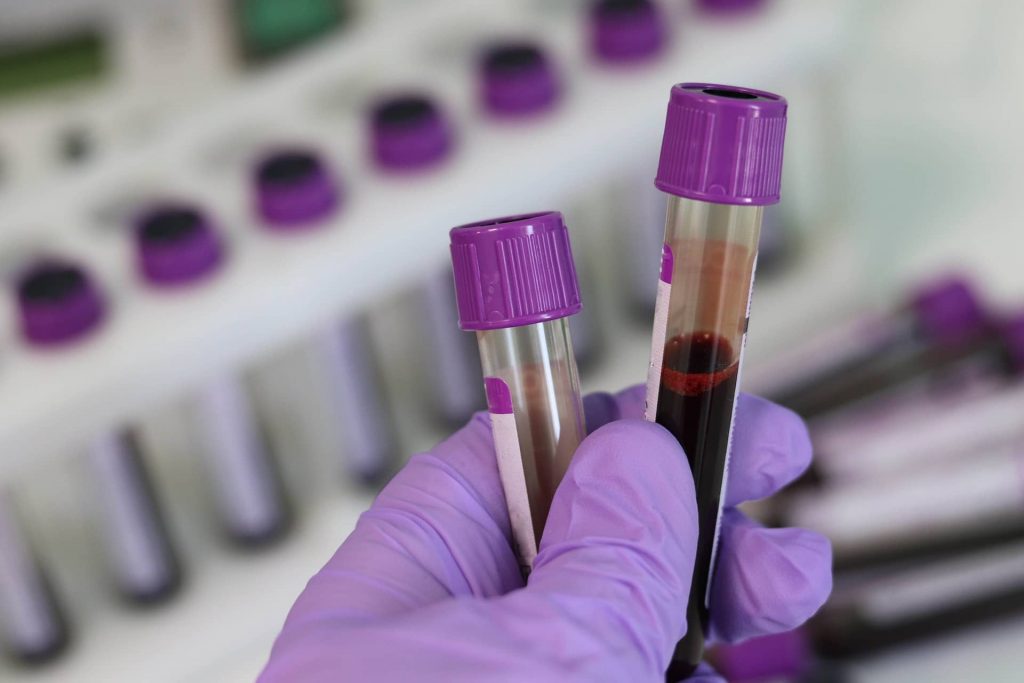Written by Mohammed Majrashi and Edited by Ashima Seth
Whenever people think of iron, they assume that having more than the requisite amount of iron in their system is beneficial and that it will protect them from diseases brought on by iron deficiency. However, having too much iron can be just as bad as having too little.
Hemochromatosis is a metabolic disorder wherein there is a buildup of iron in the body, resulting in excess. There are two types of hemochromatosis: primary and secondary. Primary hemochromatosis is hereditary. If one inherits the two genes that cause the disease, there’s an increased risk that one will suffer from it. Secondary hemochromatosis is when the disease is caused by a discrete condition such as liver disease, different kinds of anemia (caused by a lack of healthy red blood cells), and receiving a high amount of blood transfusions over a short period of time. The symptoms of hemochromatosis consist of pain in the joints, fatigue, unexplainable weight loss, heart flutter, bronze or gray skin coloration, belly pain, loss of body hair, decreased sex drive, and foggy memory. These symptoms occur because the body stores excess iron in joints and organs such as the liver, heart, kidneys, and pancreas, thus damaging them [1]. Hereditary hemochromatosis primarily affects people of Northern European descent [2]. Secondary hemochromatosis, on the other hand, primarily affects people afflicted with diseases affecting hemoglobin (the protein that transports oxygen in the blood), which requires them to receive blood as part of their treatment regimen. People with hemoglobin abnormalities rely on blood transfusions for most of their lives, which contributes to the development of hemochromatosis over time [3].
Hereditary hemochromatosis presents in an autosomal recessive manner, meaning that in order to have the disease, a person must inherit two mutated genes, one from each parent. The mutated gene responsible for hereditary hemochromatosis is HFE (High Iron Fe). This mutation creates a single change in one of the basic structural units of DNA, called nucleotides and results in the correct amino acid for a given protein to be replaced by an incorrect amino acid, leading to development of the disease. Over time, hereditary hemochromatosis predisposes afflicted individuals to a chain of events that lead to serious organ quandaries including, but not limited to, various types of liver diseases (ranging from enlargement to extreme scarring, and even cancer), endocrine diseases such as diabetes, irregular heartbeats, heart enlargement, and heart failure. These diseases are preceded by unspecified symptoms such as unexplainable fatigue and joint pain [4].
Treatment for hemochromatosis ranges from therapeutic phlebotomy – that is, the removal of blood – to taking various medications to remove the excess iron. Therapeutic phlebotomy consists of removing a certain amount of blood from the individual to lessen iron stores in the body [4]. Medications such as Desferal (deferoxamine) and Jadenu (deferasirox) have shown to decrease iron stores in individuals who were not able to undergo therapeutic phlebotomy for hemochromatosis [5].
Although hemochromatosis is a devastating disease, new efforts to treat the disease have risen in the form of combination therapy where iron chelating (iron removing) drugs are used in tandem to decrease iron stores in the body. Desferal (Deferoxamine) and Ferriprox (deferiprone), which are applied below the skin and taken orally, respectively, are used together to treat serious iron overload in people with juvenile hemochromatosis [5]. Hemochromatosis manifests in a multidimensional fashion by affecting different vital organs in the body, but the prognosis is fairly manageable provided that it is detected early and treated well [6].
References:
- “What is Hemochromatosis?” WebMD. https://www.webmd.com/a-to-z-guides/what-is-hemochromatosis#1
- Waalen, J., Nordestgaard, B.G., Beutler, E. (2005). The Penetrance of Hereditary Hemochromatosis. Elsevier, 18:203-220.
- Shwartz, S.O., Blumenthal, S.A. (1948). Exogenous Hemochromatosis Resulting from Blood Transfusions. Blood the Journal of Hematology, 3:617-640.
- Pietrangelo, A. (2004). Hereditary Hemochromatosis-A New Look at an Old Disease. The New England Journal of Medicine, 350:2383-2397.
- Adams, P.C. (2010). How I Treat Hemochromatosis. Blood the Journal of Hematology, 116:317-325.
